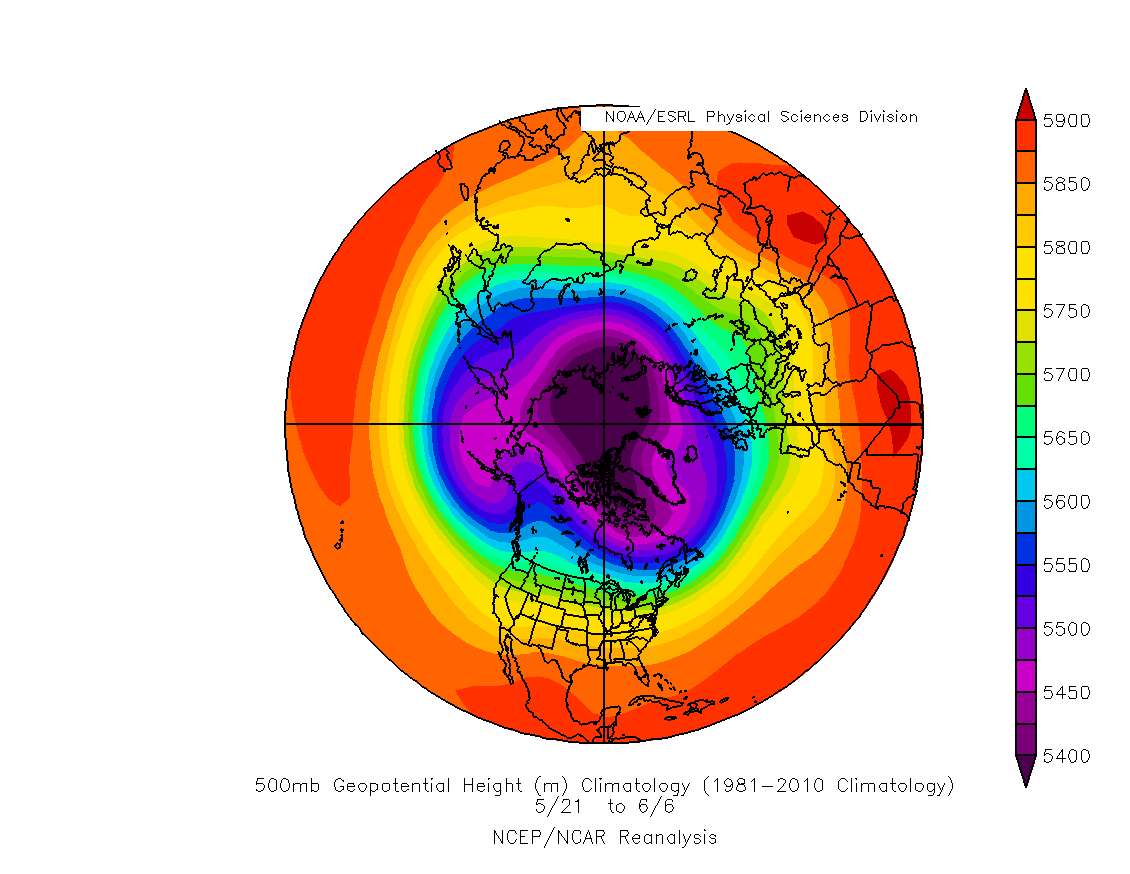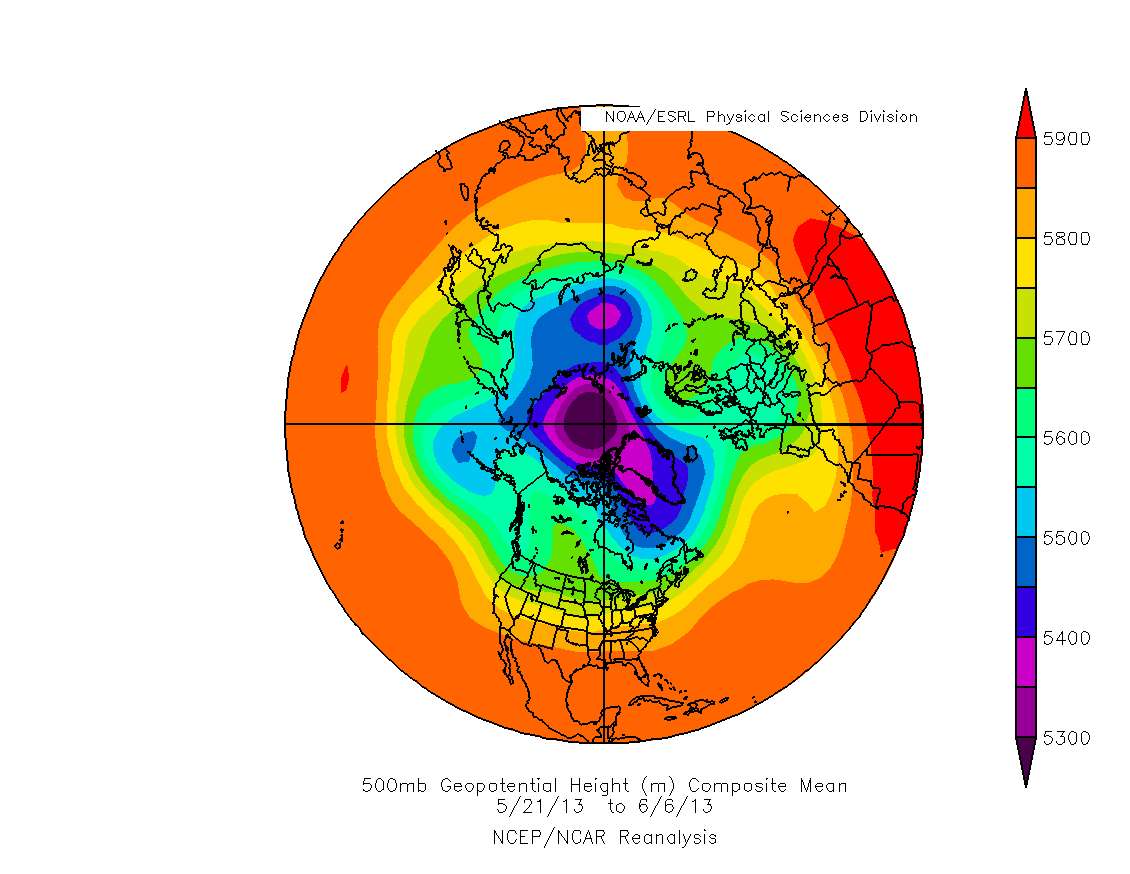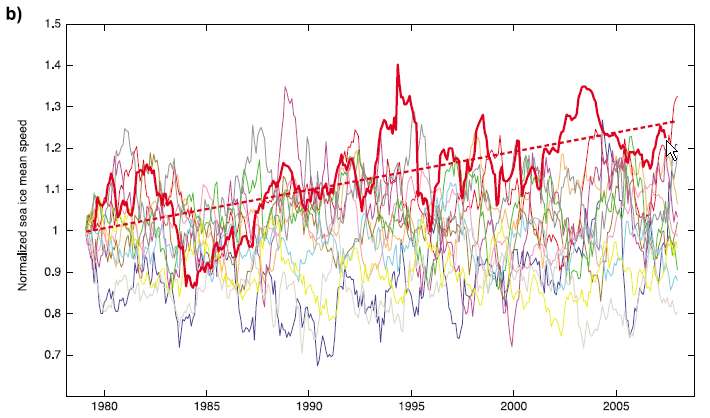Environment & Energy
Related: About this forumPADemD
(4,482 posts)PuffedMica
(1,061 posts)Maraya1969
(22,474 posts)the picture but still I have never seen a picture of the earth with land mass that looks like that.
oldhippie
(3,249 posts)That's what it looks like from over the North Pole.
Maraya1969
(22,474 posts)xchrom
(108,903 posts)limpyhobbler
(8,244 posts)j/k we are toast ![]()
wtmusic
(39,166 posts)then close the lid and slow-bake the oceans.
M-mm.
hatrack
(59,583 posts)Sudden stratospheric warming has split the polar vortex in two. The polar vortex, which forms and deepens as the atmosphere loses heat to space in the darkness of the long Arctic winter night, was split in two by massive heating from below. A series of intense storms in the far north Pacific intensified a very long wave in the lower atmosphere. Energy on that planet sized wave went upwards from the lower atmosphere around the Himalayas and Tibetan Plateau and broke into the stratosphere, causing major sudden warming. It rapidly reversed the strong cyclonic winds in the stratosphere around the pole, creating a central dome, breaking the vortex into two smaller vortices.
We can see the splitting by making a map of the heights a weather balloon rises to to reach the very low atmospheric pressure of 50 mb. A standard atmosphere is 1013mb.


A sudden stratospheric warming split the polar vortex in two in mid-January. Since then, the northern hemisphere's atmospheric circulation has been behaving very strangely. An area of extreme high pressure formed over the Arctic ocean and lasted for months. It formed in response to prolonged subsidence of air from high above caused by the slow cooling of bubble of warm air that invaded the stratosphere. High pressure at the pole and a very weak polar vortex pushed cold air out of the Arctic towards north America and western Europe. Weather in the U.S. and Europe in February, March and April was exceptionally cold because polar air poured out of the Arctic.
In May the pressure patterns reversed. Siberia ran out of cold air by the end of April. The weak atmospheric circulation retreated north very rapidly as the long days brought strong solar heating to northern latitudes. The escape of the Arctic cold air in early spring led to an extraordinarily fast snow melt in Siberia in May. A record minimum area of Eurasia was covered by snow in May.
EDIT

The stormy May and June we are going through now should be reducing the loss of sea ice. However, the old rules don't seem to be working. The thick, multiyear ice that dams up on the coast of Greenland and Canada extended well into the Siberian side of the Arctic ocean in 1989. Now the final remnant of thick old ice is clinging to the Canadian archipelago and squeezed like toothpaste flowing out of a tube along the north coast of Greenland. In 1989 the thick multiyear ice resisted cyclonic winds so the ice didn't move out of the central Arctic. Today's thin first year ice is shattering and flowing in the central Arctic.
Moreover, last winter's very high pressure over the pole (very positive Arctic Oscillation index) reduced the thickness of the fresh water layer, increasing the temperature and salinity beneath the ice. Ignatius Rigor identified the ice thinning effect of a high AO index in his PhD dissertation in 2005.
EDIT
http://www.dailykos.com/story/2013/06/10/1214936/-The-N-Hemisphere-s-Atmospheric-Circulation-Has-Collapsed-Creating-a-Persistent-Polar-Cyclone
